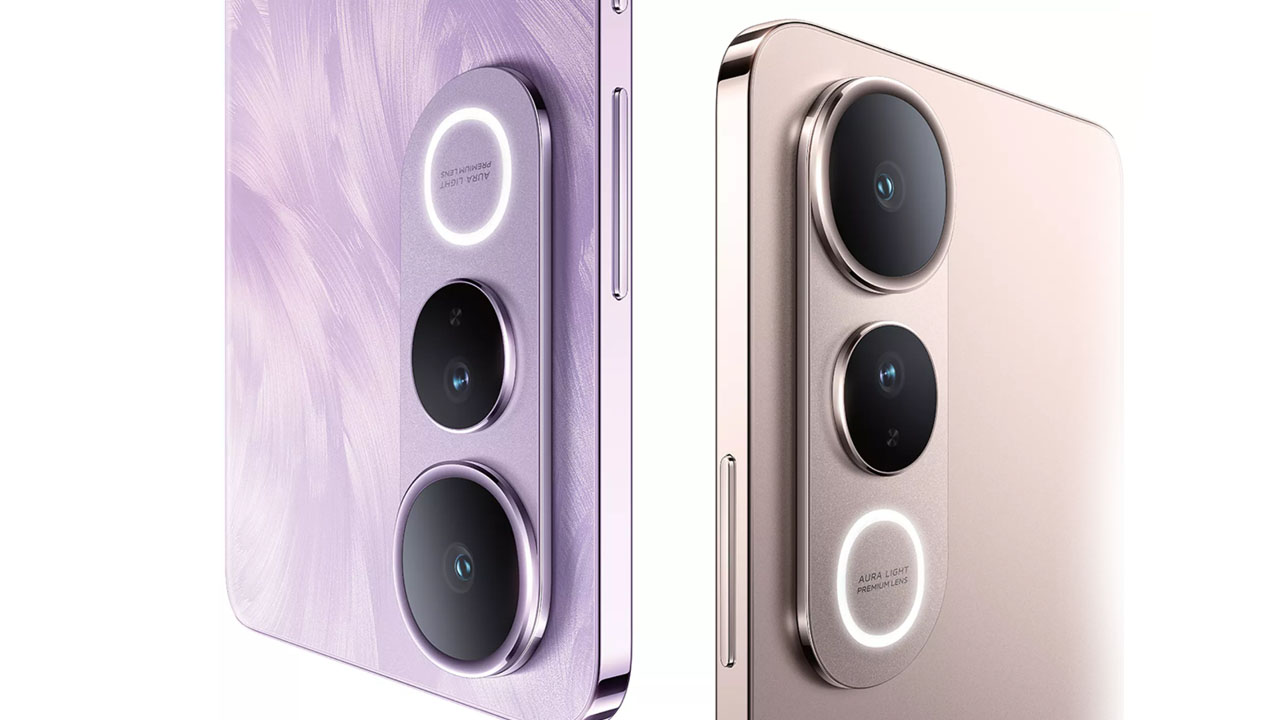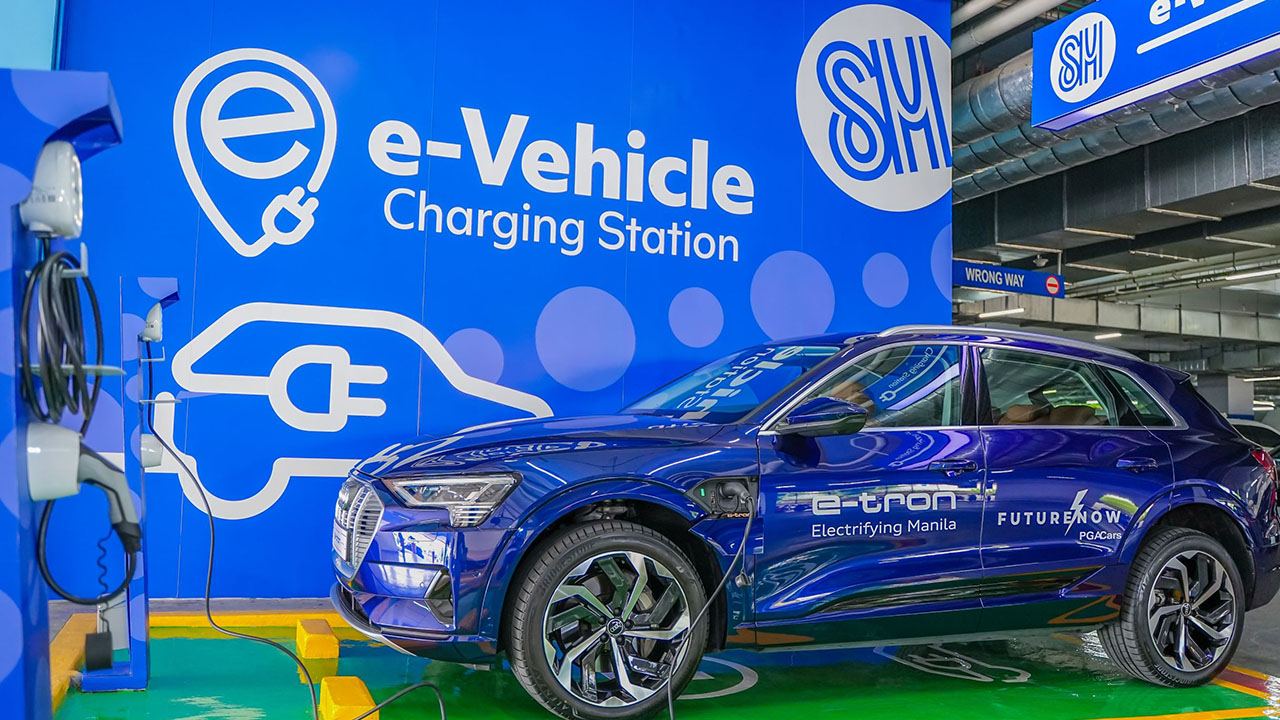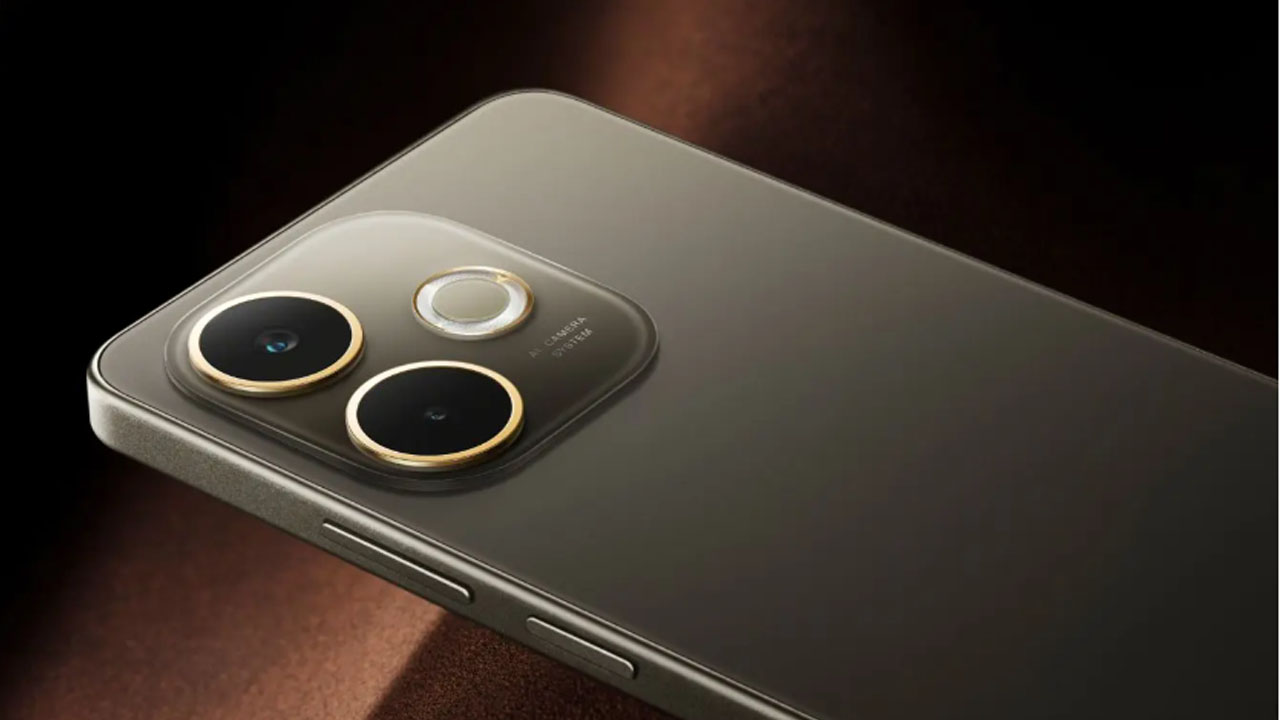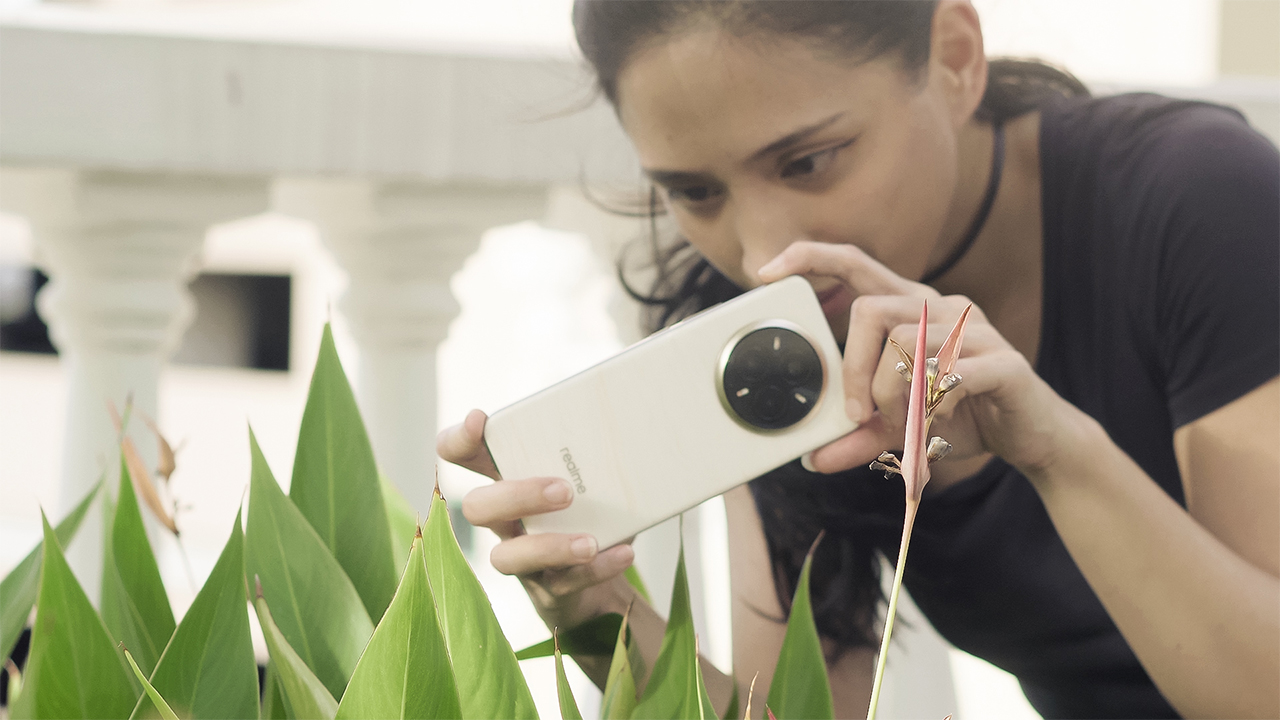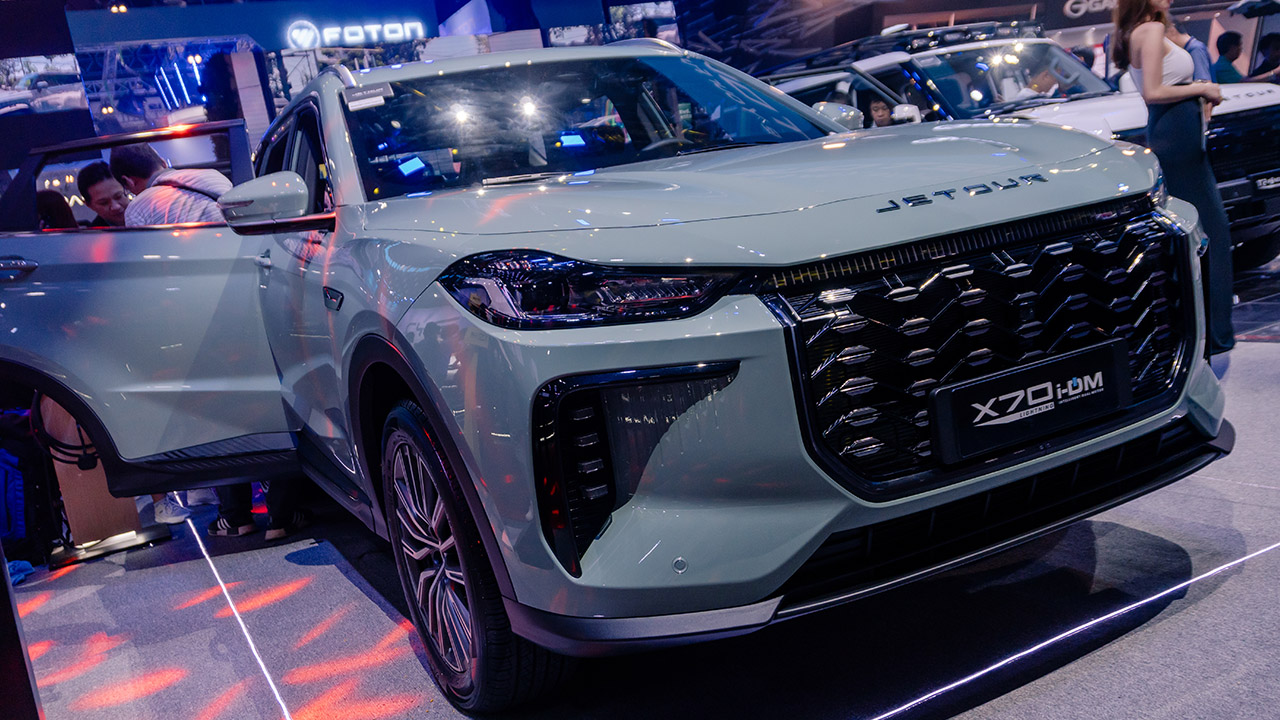Now, you’re probably wondering why you’d make the switch to a smart home when most smart devices cost a lot more than their non-smart counterparts. Having a smart home is an investment, that’s for sure, but you’re able to reap a lot of benefits that can increase your quality of life at home. Not to mention that a lot of smart devices are designed with energy conservation technology that will bring your electricity bill down and most likely save on consumption in the long run.
Smart bulbs, for example, are made with LED lights that use up to 75 percent energy than regular lights. Partnering that the ability to dim at will and automate its usage can help you save energy and use less electricity.
With our Smart Home Starter Series, we’ll take you through the initial steps in setting up your very own smart home. We’ll talk about the basic devices you’ll need and how to set them up. So to kick things off, we’ll start with what will act as the foundation of your smart home: a smart speaker.
Hey, Alexa, Google, and Siri!
Every smart home needs a virtual assistant and virtual assistants live in smart speakers. Though it sounds a bit like an episode from Black Mirror, your selected virtual assistant will act as the median for all your future smart devices. The assistants on smart speakers are activated with voice control and, depending on which device you have, a keyword or phrase will “wake” the assistant up and follow the corresponding voice commands.

Currently, Amazon’s Alexa and Google Assistant are the two main players in the industry with a plethora of devices that support them. Depending on your needs, Alexa and Google can come in the form of smart speakers, smart display, or even a refrigerator. But smart speakers are considered the most accessible and most affordable way to start your smart home.
Smart assistants, at their core, are capable of almost the same tasks. They are the managers of your smart devices and can control them according to your voice instructions alongside dedicated companion apps. Additionally, they’re also able to do “assistant” tasks such as set reminders and alarms, search the web, compute equations, and even access apps such as Spotify and Youtube.
The most popular smart speakers on the market today are the Amazon Echo and the Google Home. Apple has the Homepod but, compared to the other two, it still has long ways to go before it becomes a competitive speaker. With the Homepod, you’re limited to iOS devices and applications as well as limited support for third party devices. So unless you live in a complete Apple ecosystem, it’s best to start with either Alexa or Google.
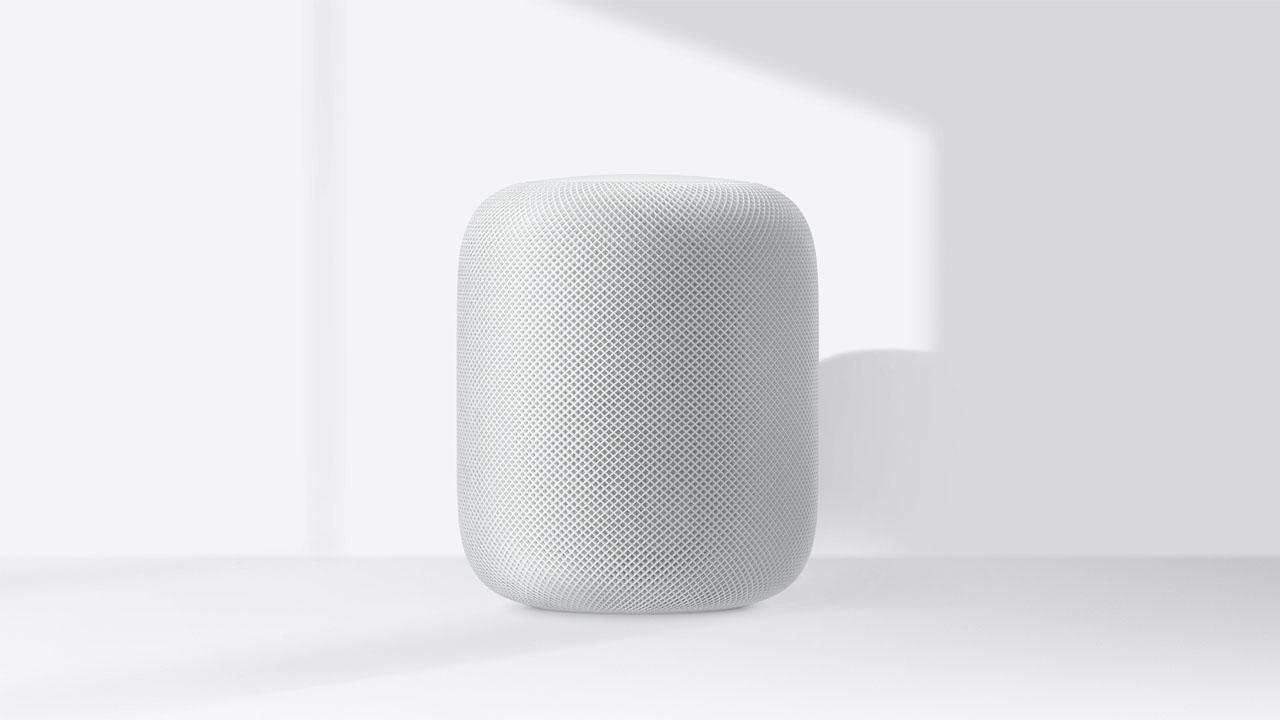
There’s a lot in comparing the two but, as mentioned earlier, they have almost the same functions. Once you’ve got your smart speaker plugged in, download the companion app and follow the instructions to get your assistant set up. You’ll have to train your assistant to recognize your voice which is easily done by repeating a couple of phrases.
It’s good to note that smart speakers aren’t limited to one user. You and the rest of your household can train the assistant to recognize each voice so that it can easily associate which accounts belong to whom. You can then start connecting apps (Youtube, Spotify, Amazon Prime, etc.) via your phone or desktop to give your assistant access as well as connect any smart devices you may have (Philips Hue, Zero LED lights, Smart TV, Security cameras, etc.).
Let your assistant handle your day
Now that you’ve got your assistant set up, what exactly can you do with it? Plenty. As you wake up, bidding your assistant good morning will prompt it to tell you the time, date and weather forecast for the day. It can also remind you of your schedule for the day as well as play you the morning news from your selected news outlet. Set your reminders and alarms for the day and, as you head out, have your assistant close all your lights and activate your security system, should you have one installed.
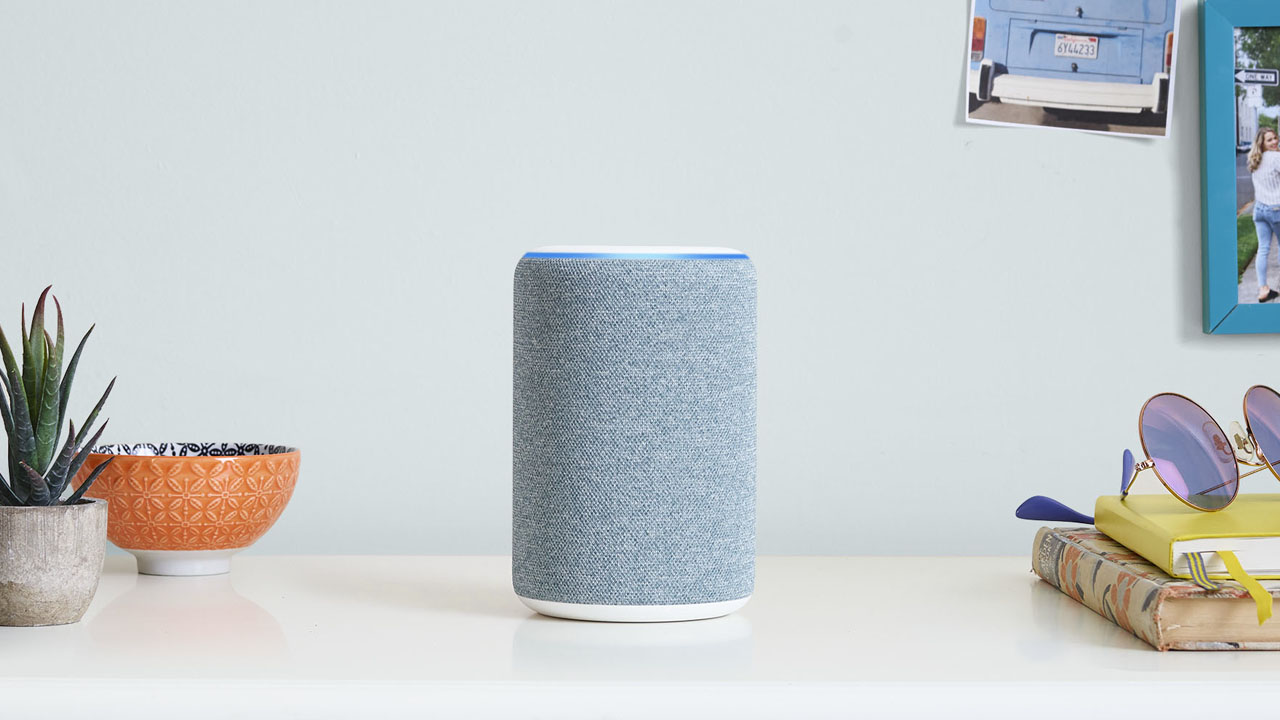
Have your assistant play any song via Spotify or Amazon Prime. Just call out the title of the song, artist, or album and your assistant will find it for you. If you have a smart TV connected to your assistant, just call out to it to play any show or video from either Youtube, Netflix, or other streaming platforms.
Ask your assistant for recipes if you’re stuck on what to make for dinner, it will not only find you a recipe but also guide you step by step via voice prompts. If you have a smart fridge, it can even make suggestions on what to make depending on the ingredients you currently have in stock. As the day ends, bid your assistant good night for soothing ambient noise to put you into a deep sleep.
All that is just scratching at the surface. Apart from the basics, there are also a bunch of novel commands such as singing you happy birthday, telling a joke, or even changing the voice to Samuel L. Jackson (only for Alexa). Continuous software updates keep it from being dated which means you won’t have to constantly replace your unit once a new one comes out. While the smart speaker is a great device, its full potential is truly unlocked when connected to a family of smart devices. But all in all, it’s a great place to start a smart home.

